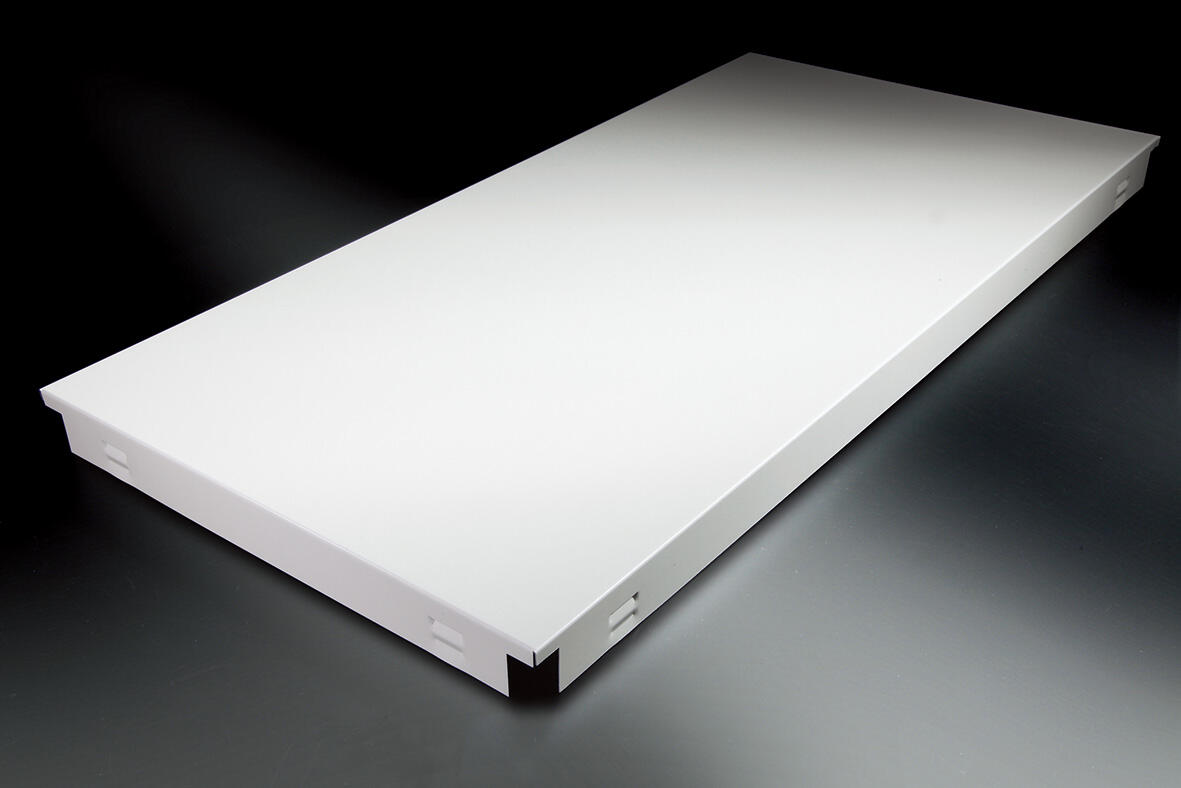Understanding the Superior Durability of Metal Ceiling Systems
When it comes to choosing ceiling materials for commercial, industrial, or even residential spaces, metal ceilings have emerged as a leading solution that outperforms traditional ceiling options in numerous ways. The inherent strength and longevity of metal ceilings make them an increasingly popular choice among architects, builders, and property owners who prioritize durability without compromising on aesthetics.
Metal ceilings represent a significant advancement in building materials technology, offering exceptional resistance to environmental factors, physical damage, and the test of time. Their robust construction and innovative design features contribute to a longer lifespan and reduced maintenance requirements compared to conventional ceiling materials like drywall, wood, or mineral fiber tiles.
Material Composition and Structural Advantages
Advanced Metal Alloys and Manufacturing
Modern metal ceilings are crafted from carefully selected alloys, typically including aluminum, steel, or zinc-coated materials. These metals undergo specialized treatment processes that enhance their natural strength and corrosion resistance. The manufacturing process involves precision engineering techniques that ensure consistent quality and structural integrity across every panel or tile.
The base materials used in metal ceilings are subjected to rigorous testing and quality control measures. Advanced coating technologies provide additional protection against oxidation and environmental damage, resulting in ceiling systems that maintain their appearance and performance characteristics for decades.
Structural Integrity and Load-Bearing Capacity
Metal ceilings exhibit superior structural properties that set them apart from traditional options. The inherent strength-to-weight ratio of metal allows for thinner, lighter panels that still provide exceptional durability. This structural efficiency means metal ceilings can span greater distances without intermediate support, offering more design flexibility while maintaining structural integrity.
The robust nature of metal ceiling components allows them to resist deflection and maintain their shape even under varying environmental conditions. This stability ensures that the ceiling remains flat and true, preventing the sagging and warping commonly associated with traditional materials.

Environmental Resistance and Protection
Moisture and Humidity Defense
One of the most significant advantages of metal ceilings is their exceptional resistance to moisture and humidity. Unlike traditional ceiling materials that can absorb water and become breeding grounds for mold and mildew, metal ceilings remain impervious to moisture damage. This characteristic makes them ideal for high-humidity environments such as kitchens, bathrooms, and industrial facilities.
The non-porous nature of metal ceiling surfaces prevents water absorption and subsequent deterioration. This resistance to moisture not only preserves the structural integrity of the ceiling but also contributes to better indoor air quality by eliminating conditions that could support microbial growth.
Fire Safety and Temperature Resilience
Metal ceilings provide superior fire safety compared to traditional ceiling materials. The non-combustible nature of metal means these ceilings do not contribute to the spread of fire, offering crucial protection in emergency situations. Many metal ceiling systems are designed to meet or exceed stringent fire safety regulations and building codes.
Temperature fluctuations pose minimal risk to metal ceilings, as they can withstand extreme heat and cold without degradation. This thermal stability ensures long-term dimensional stability and prevents the formation of gaps or seams that could compromise the ceiling's appearance or performance.
Maintenance Benefits and Long-Term Value
Cleaning and Upkeep Simplicity
The smooth, sealed surface of metal ceilings makes them exceptionally easy to clean and maintain. Unlike porous traditional materials that can trap dust and debris, metal surfaces can be quickly wiped clean with minimal effort. This ease of maintenance translates to reduced cleaning costs and labor requirements over the lifetime of the installation.
Regular maintenance of metal ceilings typically involves simple procedures that can be performed without specialized equipment or expertise. The durability of the material means that routine cleaning does not risk damaging the surface, unlike some traditional ceiling materials that may deteriorate with repeated cleaning.
Cost-Effective Lifecycle Performance
While the initial investment in metal ceilings may be higher than traditional options, their superior durability and longevity result in significant cost savings over time. The extended service life of metal ceilings means fewer replacements and repairs, reducing the total cost of ownership. Additionally, their resistance to damage and deterioration minimizes the need for ongoing maintenance and repairs.
The long-term value proposition of metal ceilings extends beyond direct maintenance costs. Their durability contributes to better building performance, reduced insurance costs due to improved fire safety, and potential energy savings through better thermal management.
Frequently Asked Questions
How long do metal ceilings typically last?
Metal ceilings can last 50 years or more when properly installed and maintained. Their durability far exceeds that of traditional ceiling materials, which may need replacement every 10-15 years. The longevity of metal ceilings makes them a cost-effective choice for long-term installations.
Are metal ceilings suitable for all types of buildings?
Metal ceilings can be installed in virtually any building type, from commercial and industrial facilities to residential spaces. Their versatility, combined with various finish options and designs, makes them adaptable to different architectural styles and functional requirements.
What makes metal ceilings more sustainable than traditional options?
Metal ceilings are highly sustainable due to their recyclability, long lifespan, and low maintenance requirements. They contain a high percentage of recycled content and can be fully recycled at the end of their service life, making them an environmentally responsible choice for modern construction projects.


